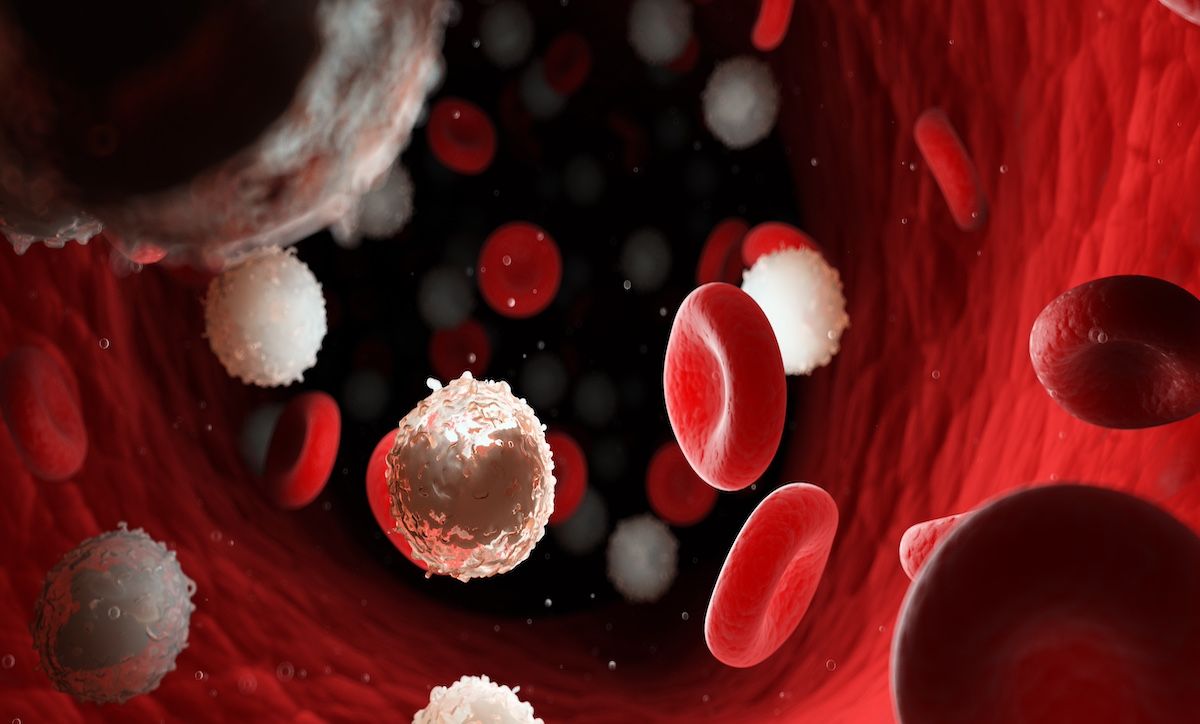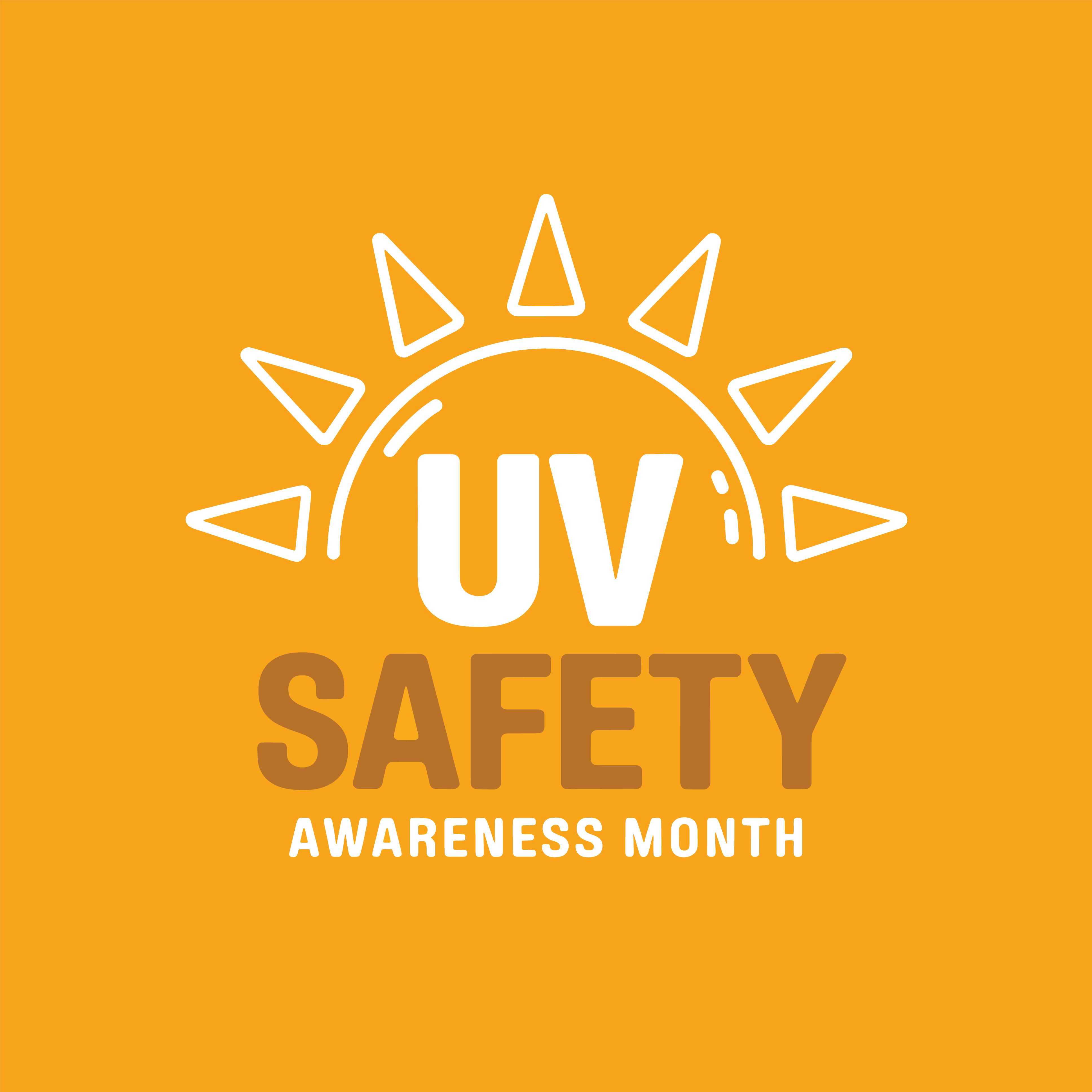News
Article
Formulary Switch From Ibrutinib to Zanubrutinib Yields Positive Safety, Efficacy Data
Author(s):
A real-world report showed the safety and efficacy of zanubrutinib after a community oncology practice replaced ibrutinib with the newer Bruton tyrosine kinase inhibitor on its formulary.
Zanubrutinib (Brukinsa) appears safe and effective, with lower cardiotoxicity rates than ibrutinib, for patients with chronic lymphocytic leukemia and small lymphocytic leukemia, according to real-world results presented at the American Society of Clinical Oncology (ASCO) annual meeting.1 The abstract focused on a community oncology practice that switched up its formulary to encourage use of the next-generation Bruton tyrosine kinase (BTK) inhibitor.
A bevy of clinical trials have revealed zanubrutinib’s edge over ibrutinib in terms of topline outcomes, notably the ALPINE trial, which showed at 39 months a 32% progression-free survival advantage for the former, with benefits sustained even for the highest-risk patients.2 Experts attribute this edge to an improved mechanism of action that offers higher concentration ratios and fewer off-target effects. However, it’s also essential to supplement the knowledge base on zanubrutinib’s use in the real world as it makes its way onto more treatment guidelines and formularies.
The investigators collected data from Kaiser Permanente Northern California, which replaced ibrutinib with zanubrutinib on its formulary. | Image Credit: © DragonImages - adobe.stock.com

Adding to this evidence are the data presented at ASCO 2024 showing treatment patterns and outcomes after a formulary switch.1 The investigators collected data on patients treated at Kaiser Permanente Northern California, an integrated oncology practice that replaced ibrutinib with zanubrutinib on its formulary. These adult patients received at least 3 months of zanubrutinib treatment between October 1, 2018, and September 15, 2023.
Of these 281 patients, 190 had switched from ibrutinib to zanubrutinib and 91 received zanubrutinib only. Most patients were White (75%) and 10% were Black. The ibrutinib-zanubrutinib and zanubrutinib-only groups were comparable in terms of sex, race, and insurance type, although the former group was younger (median age, 69 vs 74 years) and had fewer comorbidities. Median follow-up time was also longer for patients on ibrutinib vs zanubrutinib (median, 46.0 vs 23.7 months).
Both BTK inhibitors yielded similar rates of treatment-emergent adverse events (ibrutinib, 36.3%; zanubrutinib, 31.3%), but zanubrutinib had a lower rate of treatment-limiting adverse events (11.1% vs 7.8%, respectively). The most common events leading to discontinuation were atrial fibrillation and fatigue for ibrutinib and cytopenias and rash/bruising for zanubrutinib.
Dose modification, primarily caused by grade 1 or 2 adverse events, occurred in 34 patients on ibrutinib and 50 patients taking zanubrutinib. In the zanubrutinib group, 79% remained on treatment as of the end of data collection; among the 13 patients in this group who died, no deaths were related to treatment.
Of particular interest for the investigators were cardiac adverse events, as the BTK inhibitor class caries some risk of cardiotoxicity, with fewer cardiac events seen with the second-generation drugs including zanubrutinib.2 The data from Kaiser Permanente Northern California were consistent with this trend, as cardiac events—both treatment limiting and otherwise—were more common with ibrutinib than zanubrutinib (treatment limiting, 8 [4.2%] vs 2 [0.7%]; non–treatment limiting, 18 [9.5%] vs 6 [2.1%]).1
The investigators concluded that despite the shorter follow-up time available for their zanubrutinib group, these results confirm the safety and efficacy of zanubrutinib in the real world for patients with and without prior ibrutinib treatment.
References
1. Krackeler M, Chee B, Orchanian AK, et al. Real-world treatment patterns and outcomes of zanubrutinib in chronic lymphocytic leukemia and small lymphocytic leukemia (CLL/SLL). J Clin Oncol. 2024;42(suppl 16):11158. doi:10.1200/JCO.2024.42.16_suppl.11158
2. Caffrey M. ALPINE: after 39 months, zanubrutinib keeps its PFS edge over ibrutinib in R/R CLL, especially for high-risk patients. AJMC®. December 9, 2023. Accessed June 11, 2024. https://www.ajmc.com/view/alpine-after-39-months-zanubrutinib-keeps-its-pfs-edge-over-ibrutinib-in-r-r-cll-especially-for-high-risk-patients
Newsletter
Stay ahead of policy, cost, and value—subscribe to AJMC for expert insights at the intersection of clinical care and health economics.



